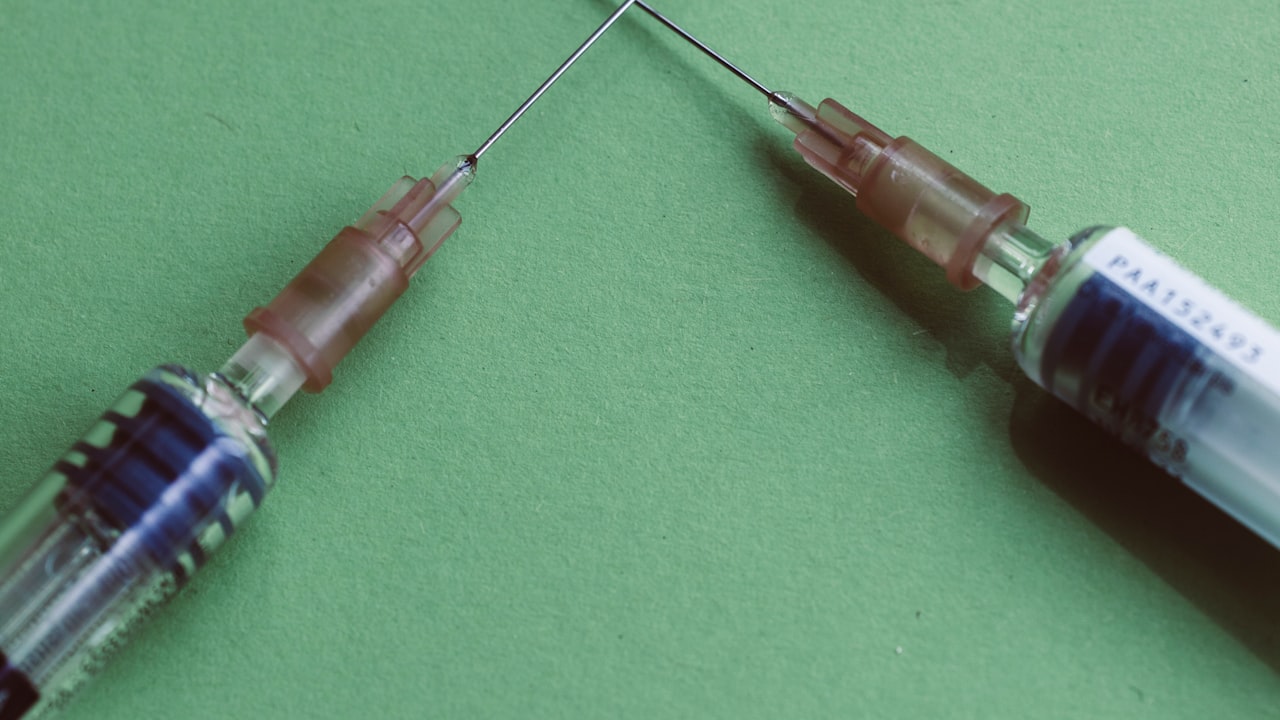Title: Advancements in Plastic Injection Mould Technology
Plastic injection moulding technology has seen significant advancements in recent years, revolutionizing the manufacturing industry. Injection moulds play a crucial role in this process by shaping molten plastic into various forms and designs. The innovation and development of injection moulds have greatly improved product quality, production efficiency, and cost-effectiveness for manufacturers worldwide.
At the forefront of these advancements are injection mould factories that specialize in producing high-quality moulds for a wide range of industries. These factories utilize cutting-edge technology and precision engineering to create custom injection moulds that meet the unique specifications of each client. By partnering with a reputable injection mould supplier, manufacturers can ensure the production of consistent and defect-free products.
One key area of advancement in injection mould technology is the use of advanced materials and coatings. High-performance steels and alloys are now commonly used in the production of injection moulds, increasing durability and extending the lifespan of the moulds. Additionally, advanced coatings such as ceramic and nitride coatings provide enhanced wear resistance, reducing maintenance costs and downtime for manufacturers.
Another significant development in injection mould technology is the advent of multi-cavity moulds and hot runner systems. Multi-cavity moulds allow for the simultaneous production of multiple parts in a single cycle, increasing production throughput and efficiency. Hot runner systems enable precise control of the injection process, resulting in faster cycle times and improved part quality.
Automation and digitalization have also played a key role in advancing injection mould technology. Many injection mould factories now utilize computer-aided design (CAD) and computer-aided manufacturing (CAM) software to design and produce moulds with high precision and accuracy. Additionally, robotic automation has streamlined the production process, reducing labor costs and increasing overall efficiency.
In conclusion, the advancements in plastic injection mould technology have transformed the manufacturing industry, making it more efficient, cost-effective, and innovative. By partnering with reputable injection mould factories and suppliers, manufacturers can leverage these advancements to produce high-quality products that meet the demands of today’s competitive market. The future of injection mould technology is bright, with continued innovation and advancements on the horizon.

 Title: The Evolution of Injection Molds in Modern Manufacturing
Title: The Evolution of Injection Molds in Modern Manufacturing Title: Advancements in Plastic Injection Mould Technology
Title: Advancements in Plastic Injection Mould Technology Title:
Title: Title: Advancements in Injection Moulds: Boosting Precision and Efficiency
Title: Advancements in Injection Moulds: Boosting Precision and Efficiency